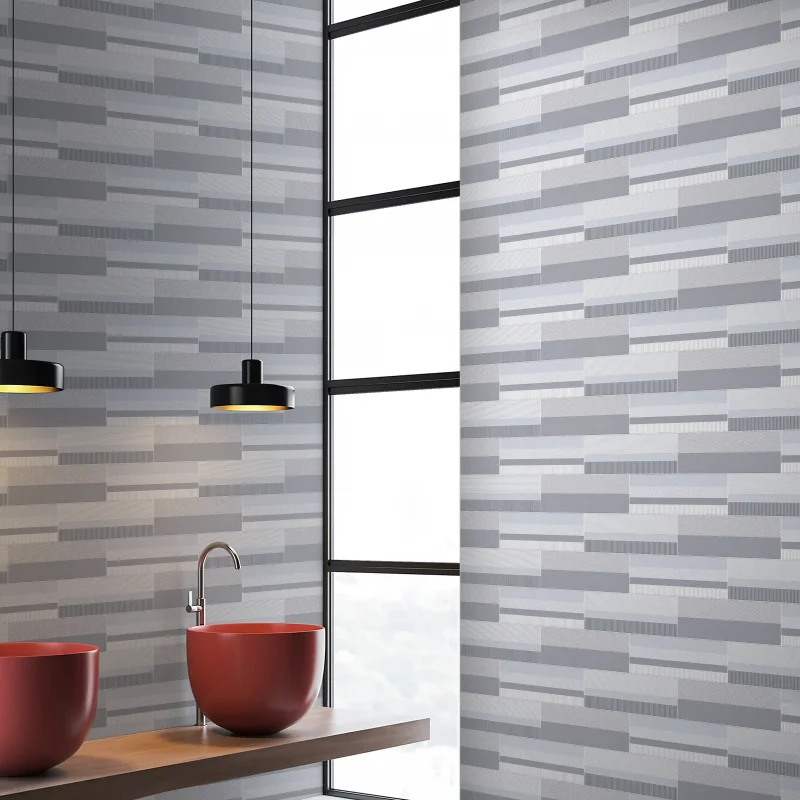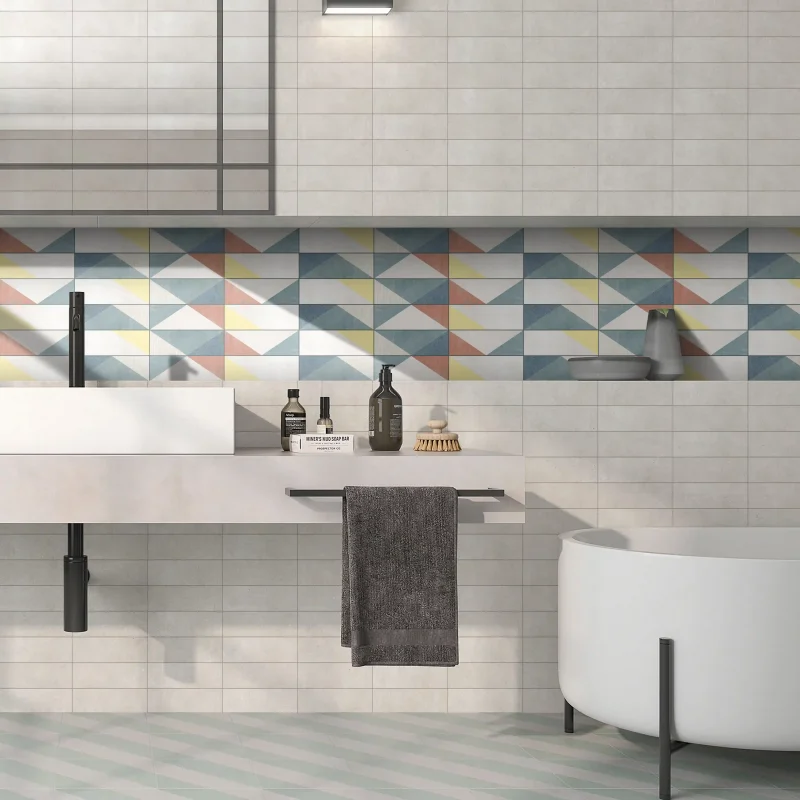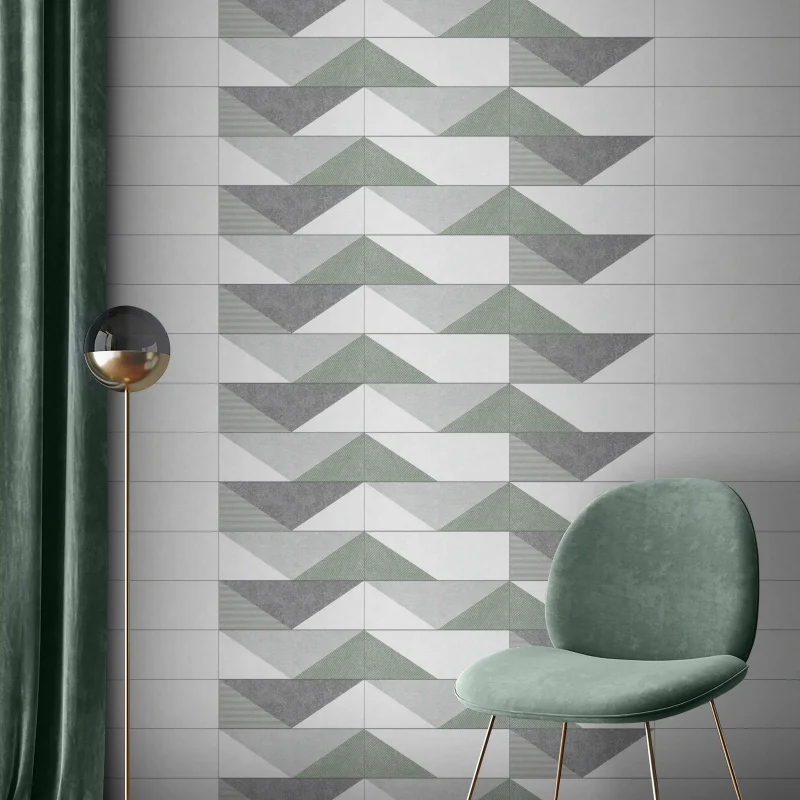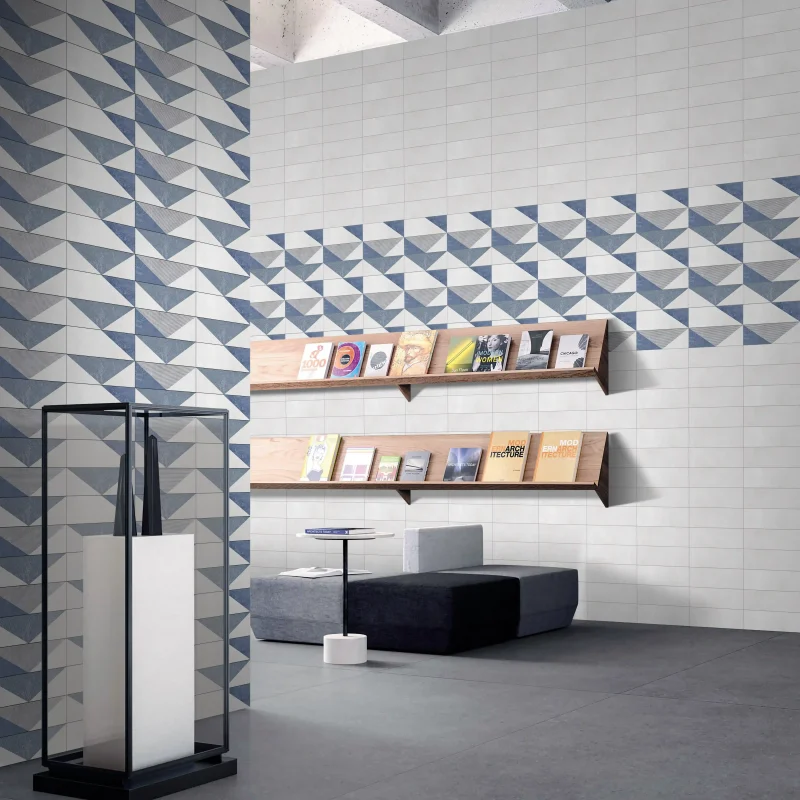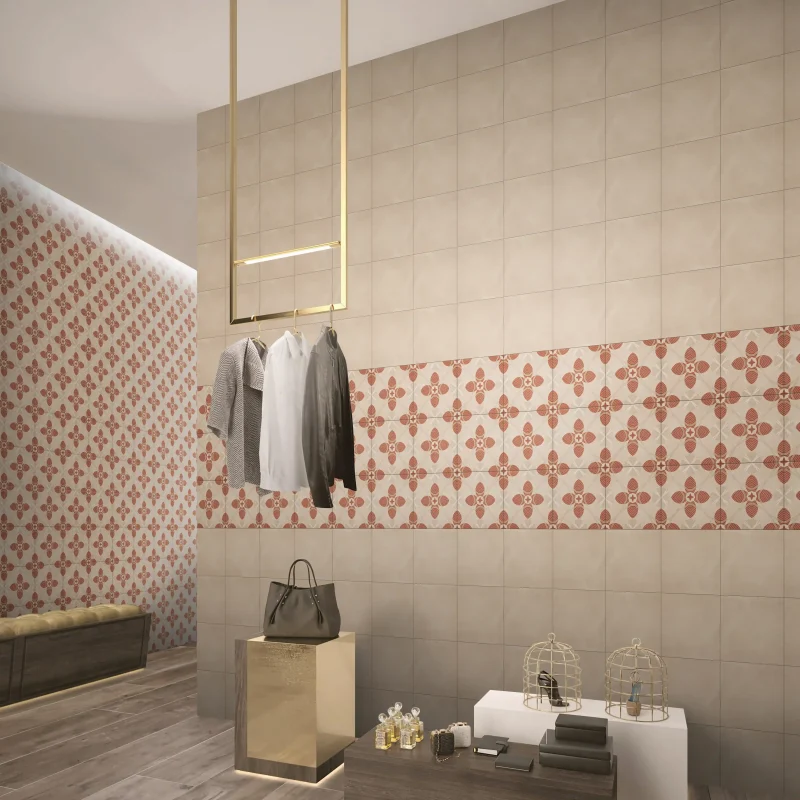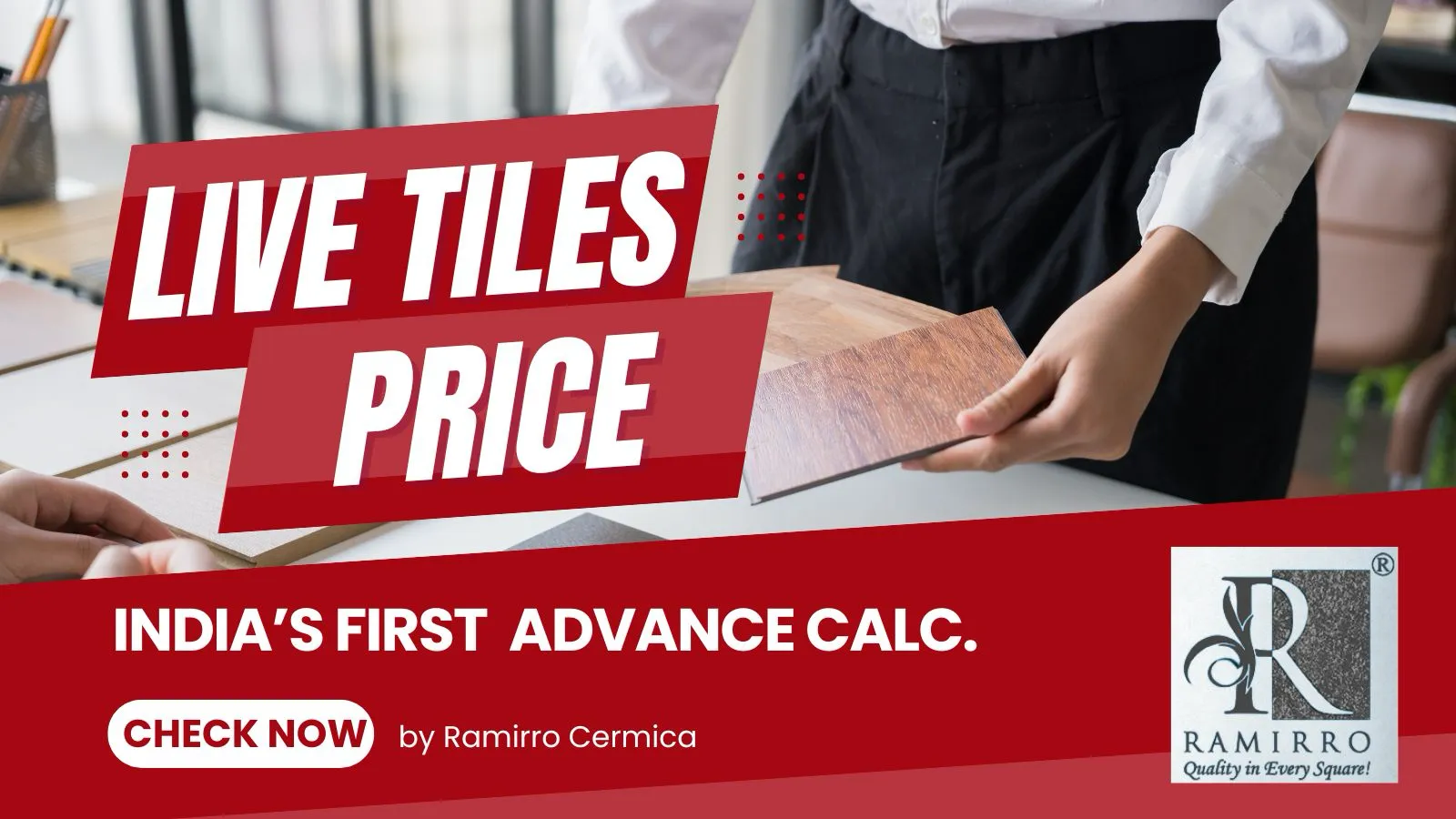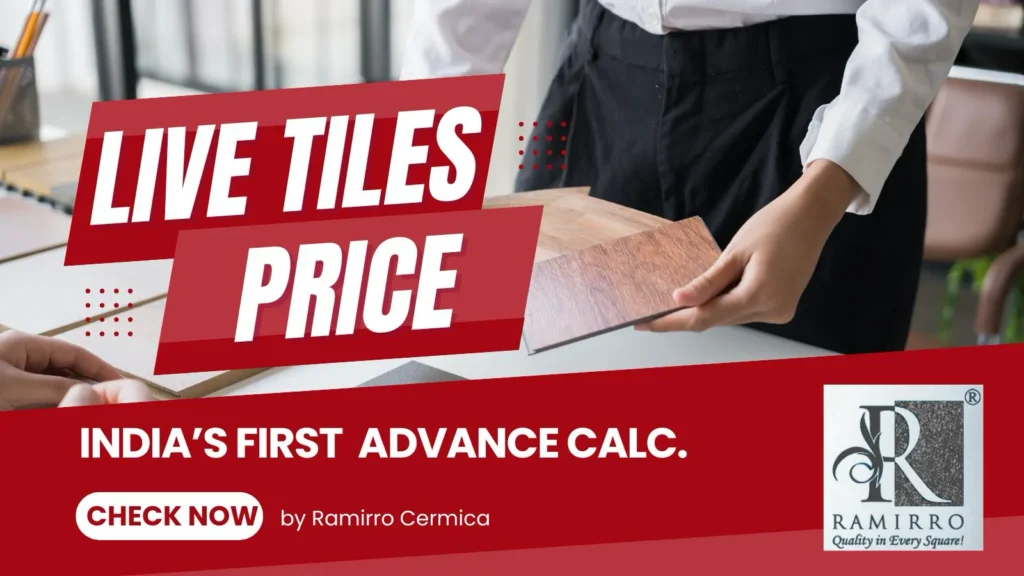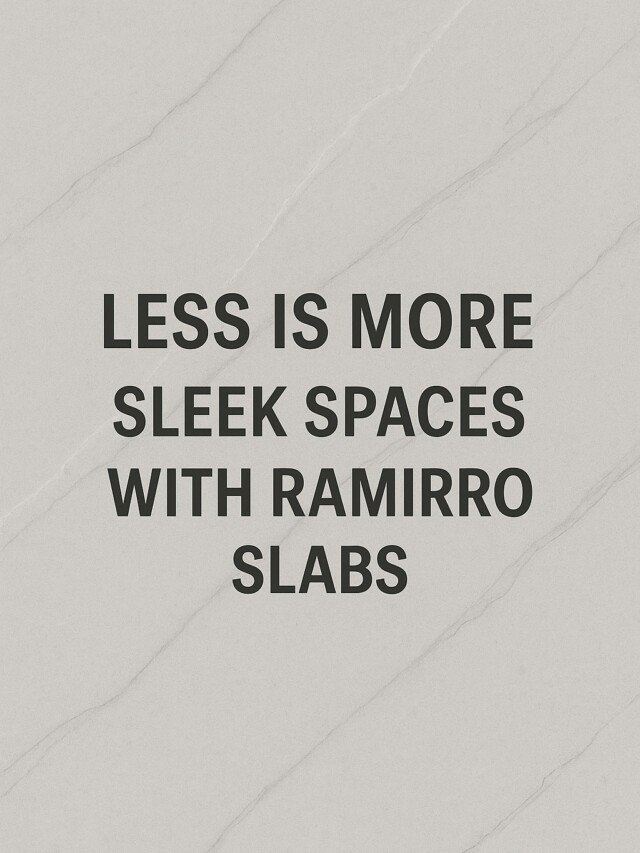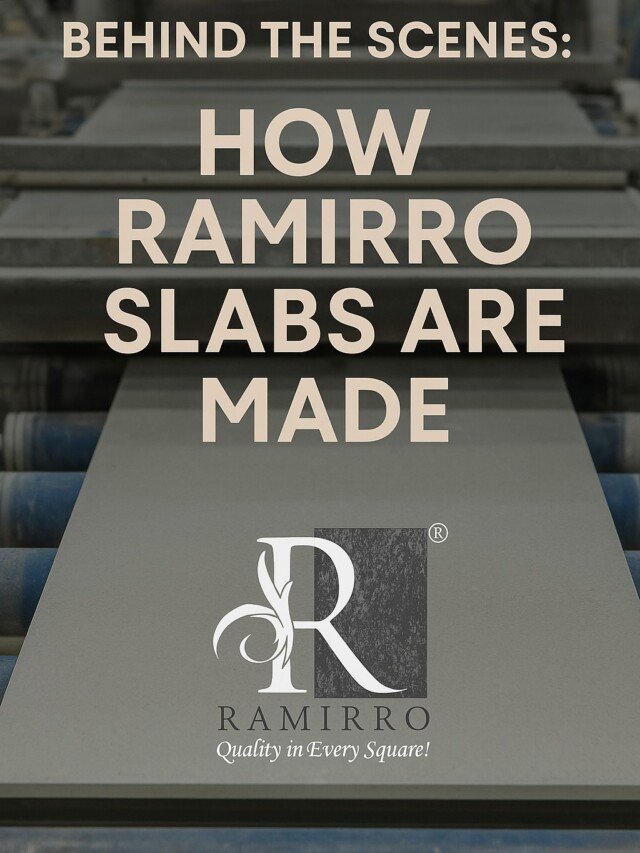- What is Kitchen tiles?
- Where should you apply tiles in your kitchen?
- How to Evaluate Which type of Tiles is suitable for your need in kitchen
- Types of Material Suitable Tiles for Kitchen
- Comparing Most Common Types of Materials used for kitchen
- Why people choose porcelain tiles for their kitchen space?
- Types of Surface finish in Kitchen tile
- Kitchen Backsplash Ideas
- Subway tiles Backsplash ideas
- Kitchen countertop tiles ideas
- Tile Sizes suitable for your kitchen area
- Tiles thickness suitable for Kitchen Areas
- Tiles Shape
- Tile layout Patterns
- Tiles Styles
- Usage of Kitchen tiles
- How to Take care of Kitchen tiles to last long
- How to Install Tiles in Kitchen?
- Price for Kitchen tiles
- How and where to buy kitchen tiles?
- Bonus Tips : Grout Selection, Tile Sealants, Temperature effects
What is Kitchen tiles?
Kitchen tiles refer to the various types of tiles used on kitchen walls, floors, or countertops to enhance the aesthetic appeal, durability, and functionality of the space. These tiles come in a wide array of materials, colors, sizes, and designs, allowing you to create a customised and visually appealing kitchen environment.
Tip: Things to Know when Planning your Kitchen in 10 simple points
- Layout and Workflow: Design the kitchen layout for efficient movement. Consider the classic “kitchen triangle” between the stove, sink, and refrigerator for ease of use.
- Appliance Placement: Decide on the location of major appliances like the refrigerator, oven, and dishwasher. Ensure they’re easily accessible and don’t interfere with each other.
- Storage Space: Plan ample storage for utensils, cookware, pantry items, and appliances. Cabinets, drawers, and shelves should be strategically placed and sized for convenience.
- Countertops: Choose durable and easy-to-clean materials for countertops. Ensure enough space for meal preparation and consider different heights for various tasks (e.g., baking, chopping).
- Lighting: Incorporate ample lighting, including task lighting for specific work areas and ambient lighting for the overall space. Natural light is also valuable, so consider windows or skylights if possible.
- Ventilation: Install proper ventilation to remove odors, steam, and grease. A range hood or vent can enhance air quality and keep the kitchen fresh.
- Electrical Outlets: Plan the placement of electrical outlets strategically, ensuring there are enough for various appliances and gadgets while avoiding overcrowding.
- Flooring: Choose flooring that’s durable, easy to keep clean, and comfortable to stand on for extended periods. Materials like tile, hardwood, or vinyl are popular choices.
- Safety Measures: Install safety features such as fire extinguishers, smoke detectors, and appropriate flooring to prevent slips and falls.
- Aesthetic Appeal: Lastly, consider the overall design and aesthetics. Choose colors, materials, and finishes that complement your style while creating a welcoming atmosphere.
Where should you apply tiles in your kitchen?
Areas where you can apply tiles in your Kitchen:
- Wall Tiles: Wall tiles in the kitchen are commonly used as a backsplash behind the countertops and cooking areas. These tiles protect the wall from splashes, stains, and grease while adding a decorative element to the space. They are often made of ceramic, porcelain, glass, or even natural stone like marble or travertine.
- Floor Tiles: Kitchen floor tiles need to withstand heavy foot traffic, spills, and frequent cleaning. They are available in materials such as porcelain, ceramic, vinyl, natural stone (like slate or granite), and even hardwood or engineered wood. These tiles are durable, easy to clean, and can be chosen in various finishes and patterns to suit the kitchen’s style.
- Countertop Tiles: While less common than other materials like granite or quartz, some homeowners opt for tiled countertops. Tiles made of ceramic, porcelain, or natural stone can be used to create a unique and customized countertop surface. Proper installation and sealing are crucial for durability and stain resistance.
How to Evaluate Which type of Tiles is suitable for your need in kitchen
Here are few points to understand, things you must know while buying kitchen tiles
- Durability: Evaluate the durability of the tiles. Consider their resistance to scratches, stains, and wear and tear, especially in high-traffic areas.
- Maintenance Requirements: Examine the maintenance needs of the tiles. Some may require regular sealing or specific cleaning methods to preserve their appearance.
- Resistance to Water and Stains: Assess how well the tiles resist water and stains, particularly in areas prone to spills or moisture.
- Aesthetics and Style: Choose tiles that align with your desired aesthetic and complement the overall design of the space. Consider various colors, patterns, and finishes available.
- Cost Consideration: Take into account the budget for your project. Different tile types vary widely in cost, so choose an option that fits within your financial plan.
- Texture and Finish Options: Explore different textures and finishes offered by tiles. Some may have a smooth, glossy surface, while others might be more textured or matte.
- Slip Resistance: Prioritize tiles that offer adequate slip resistance, especially in areas prone to moisture or spills, to prevent accidents.
- Environmental Impact: Consider the environmental impact of the tiles. Some options may be more sustainable or eco-friendly than others.
- Installation Complexity: Assess the complexity of installing different types of tiles. Determine if specialized tools or professional expertise are required for installation.
- Compatibility with Heating Systems: If planning to install underfloor heating, ensure the selected tiles are compatible with such systems.
Types of Material Suitable Tiles for Kitchen
When choosing suitable tiles for a kitchen, it’s important to consider various materials that offer both functionality and aesthetics. Here are some types of materials suitable for kitchen tiles:
- Porcelain Tiles: Highly durable and water-resistant, porcelain tiles are an excellent choice for kitchen floors and walls. They come in various designs, including those that mimic natural stone or wood, and are relatively easy to maintain.
- Ceramic Tiles: Similar to porcelain, ceramic tiles are durable and available in a wide range of colors, patterns, and styles. They’re ideal for kitchen walls, kitchen backsplashes, and floors, offering versatility and ease of maintenance.
- Natural Stone Tiles (e.g., Marble, Granite, Slate, Travertine): These tiles provide a luxurious and unique look to kitchens. While they require more maintenance, sealing, and care compared to ceramic or porcelain, natural stone tiles offer unmatched elegance and durability.
- Glass Tiles: Reflective and visually appealing, glass tiles are great for backsplashes or accent walls. They’re resistant to stains and moisture, easy to clean, and come in various colors and finishes, adding a modern touch to the kitchen.
- Cement Tiles: Known for their versatility and ability to create intricate designs, cement tiles add character to kitchen floors or backsplashes. They require sealing but offer a trendy, artisanal look.
- Vinyl Tiles: Affordable and resilient, vinyl tiles are available in a wide array of designs, including those that resemble natural materials like wood or stone. They’re water-resistant and easy to install, making them a practical option for kitchen floors.
- Mosaic Tiles: Made from various materials like glass, ceramic, or natural stone, mosaic tiles come in small pieces and are excellent for creating intricate patterns or accentuating specific areas in the kitchen, such as backsplashes or borders.
Comparing Most Common Types of Materials used for kitchen
| Factor | Ceramic Tiles | Porcelain Tiles | Natural Stone Tiles | Glass Tiles | Metal Tiles |
|---|---|---|---|---|---|
| Durability | Moderate | High | High | Moderate | High |
| Maintenance | Moderate | Low | Moderate | Moderate | Low |
| Water & Stain Resistance | Moderate | High | Moderate to High | High | High |
| Aesthetics & Style | Varied | Varied | Varied | Varied | Varied |
| Average global Cost (per sq. ft.) | $1 – $5+ | $3 – $10+ | $5 – $30+ | $7 – $30+ | $15 – $40+ |
| Texture & Finish Options | Varied | Varied | Varied | Varied | Varied |
| Slip Resistance | Moderate | High | Varies | High | High |
| Environmental Impact | Varies | Varies | Varies | Varies | Varies |
| Installation Complexity | Moderate | Moderate | Moderate to High | Moderate | Moderate to High |
| Compatibility with Heating Systems | Yes | Yes | Varies | Yes | Yes |
Best VALUE FOR MONEY for Kitchen Tiles
Determining the “best value for money” among different types of kitchen tiles involves weighing various factors, including durability, maintenance, cost, aesthetics, and suitability for your specific needs from above table. Here’s a ranking based on these considerations:
- Porcelain Tiles: Often considered the best value for money due to their high durability, low maintenance, and moderate to relatively affordable pricing. They offer excellent water and stain resistance, come in various styles, and are compatible with heating systems.
- Ceramic Tiles: With a lower cost compared to porcelain, ceramic tiles offer decent durability and a range of style options. They’re moderately durable and relatively easy to maintain, making them a good budget-friendly choice.
- Natural Stone Tiles: While natural stone tiles, such as granite or slate, can be expensive, they offer high durability and a unique, luxurious aesthetic. However, they may require more maintenance and are typically pricier, making them less cost-effective for some budgets.
- Glass Tiles: Glass tiles provide a stylish, modern look and excellent resistance to stains. However, they can be costly and might not be as durable in high-traffic areas, potentially making them a less cost-effective option.
- Metal Tiles: These tiles offer a distinctive appearance but tend to be among the most expensive options. While durable and visually striking, their higher cost might not justify their value for many kitchen projects.
Ultimately, the “best value” tile for your kitchen depends on your preferences, budget, and specific requirements. Porcelain and ceramic tiles often strike a balance between durability, cost, and aesthetics, making them popular choices for many homeowners seeking value for money.
Why people choose porcelain tiles for their kitchen space?
Most People often opt for porcelain tiles in their kitchen space due to their exceptional durability, making them highly resistant to scratches, stains, and moisture. Renowned for their robustness and low maintenance, porcelain tiles are an ideal choice for busy kitchens, enduring heavy foot traffic and frequent use without losing their appeal. Beyond their resilience, porcelain tiles offer diverse design options, ranging from traditional to contemporary styles, and come in various colors, patterns, and finishes, allowing homeowners to achieve their desired aesthetic while ensuring longevity in their kitchen space.
Types of Surface finish in Kitchen tile
Surface finishes for kitchen tiles in porcelain and ceramics play a crucial role in both aesthetics and functionality, determining their suitability for walls, floors, and countertops. Here are some common types of surface finishes:
- Polished Finish: Porcelain tiles with a polished finish offer a sleek, glossy surface. They are ideal for walls and countertops, as the reflective surface enhances visual appeal. However, on floors, they might be prone to showing scratches and require regular maintenance due to their high shine.
- Matte Finish: Matte finishes are non-reflective and have a smooth surface without shine. They are suitable for both walls and floors, providing a more subtle and contemporary look. Matte finishes are great for high-traffic areas as they tend to be more slip-resistant and don’t show smudges or scratches easily.
- Textured Finish: These finishes offer a tactile surface, often resembling natural stone or wood. Textured tiles work well on floors as they provide better grip, minimizing slipperiness. For countertops, textured finishes might pose challenges with cleaning due to their uneven surface.
- Glazed Finish: A glazed finish involves adding a glass-like coating to the tile surface. This finish works effectively for walls, as it provides vibrant colors and designs. It’s less commonly used on countertops due to potential scratching, but it can be suitable for low-traffic areas.
- Satin Finish: Similar to a matte finish but with a slight sheen, honed tiles offer a smooth surface without the glossy look. They work well on countertops, providing a sophisticated appearance while being more resistant to scratches compared to polished tiles.
Kitchen Backsplash Ideas
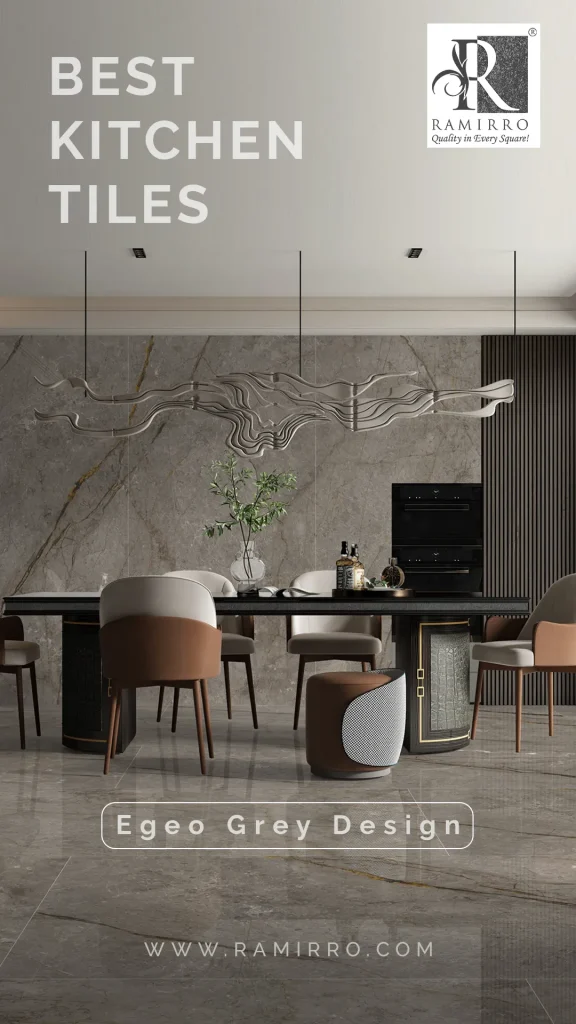

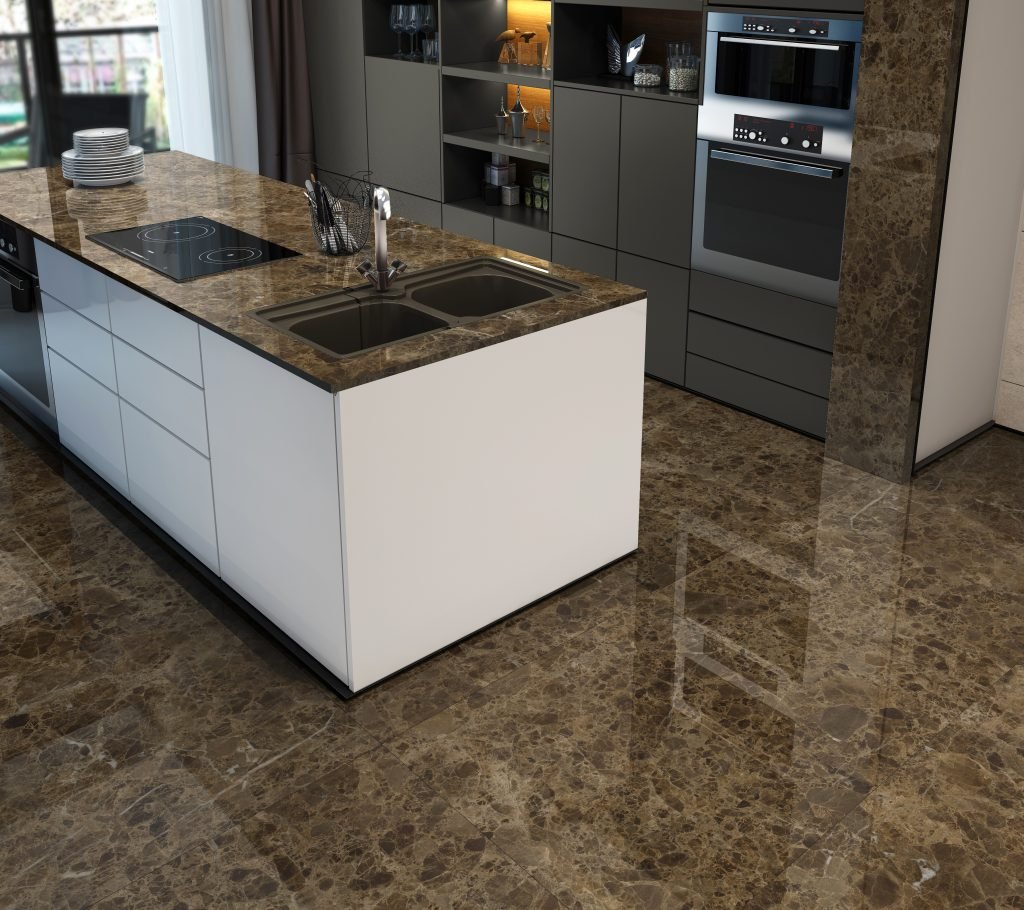


Subway tiles Backsplash ideas
Kitchen countertop tiles ideas
-
 VIVID BLACK Quartz Slab
VIVID BLACK Quartz Slab -
 SUPREME EXTRA WHITE Quartz Slab
SUPREME EXTRA WHITE Quartz Slab -
 SUPER EXTRA PURE WHITE Quartz Slab
SUPER EXTRA PURE WHITE Quartz Slab -
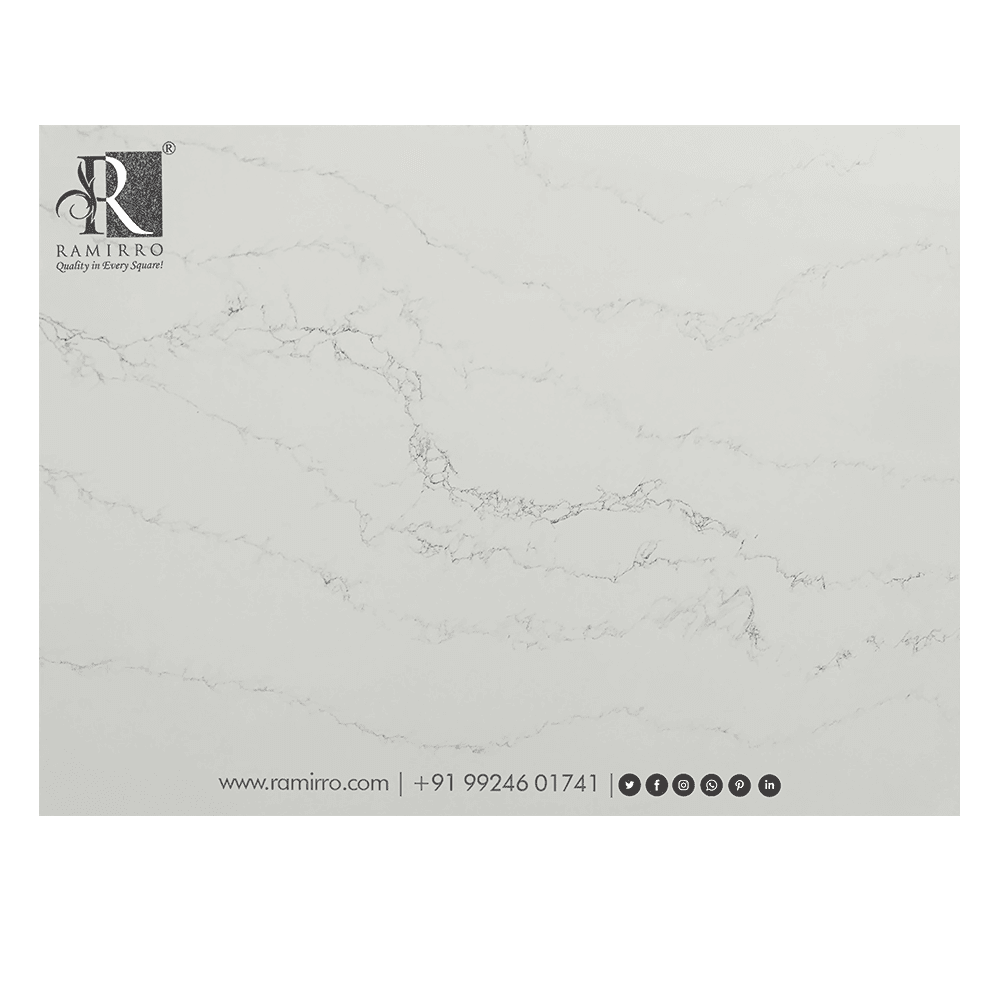 SEA PEARL Quartz Slab
SEA PEARL Quartz Slab -
 SANDSTONE WHITE Quartz Slab
SANDSTONE WHITE Quartz Slab -
 SANDSTONE GREY Quartz Slab
SANDSTONE GREY Quartz Slab -
 ROYAL GREY Quartz Slab
ROYAL GREY Quartz Slab -
 DURHAM WHITE Quartz Slab
DURHAM WHITE Quartz Slab -
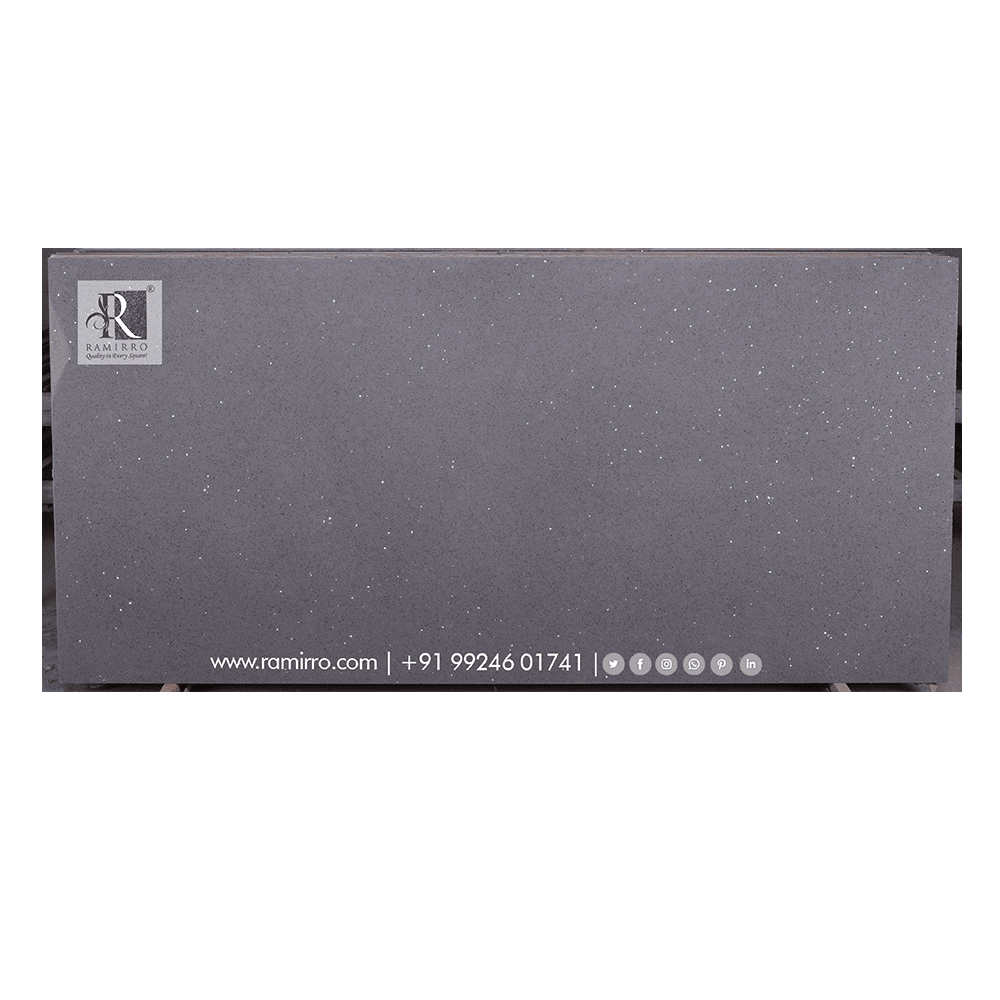 CRYSTAL GREY Quartz Slab
CRYSTAL GREY Quartz Slab -
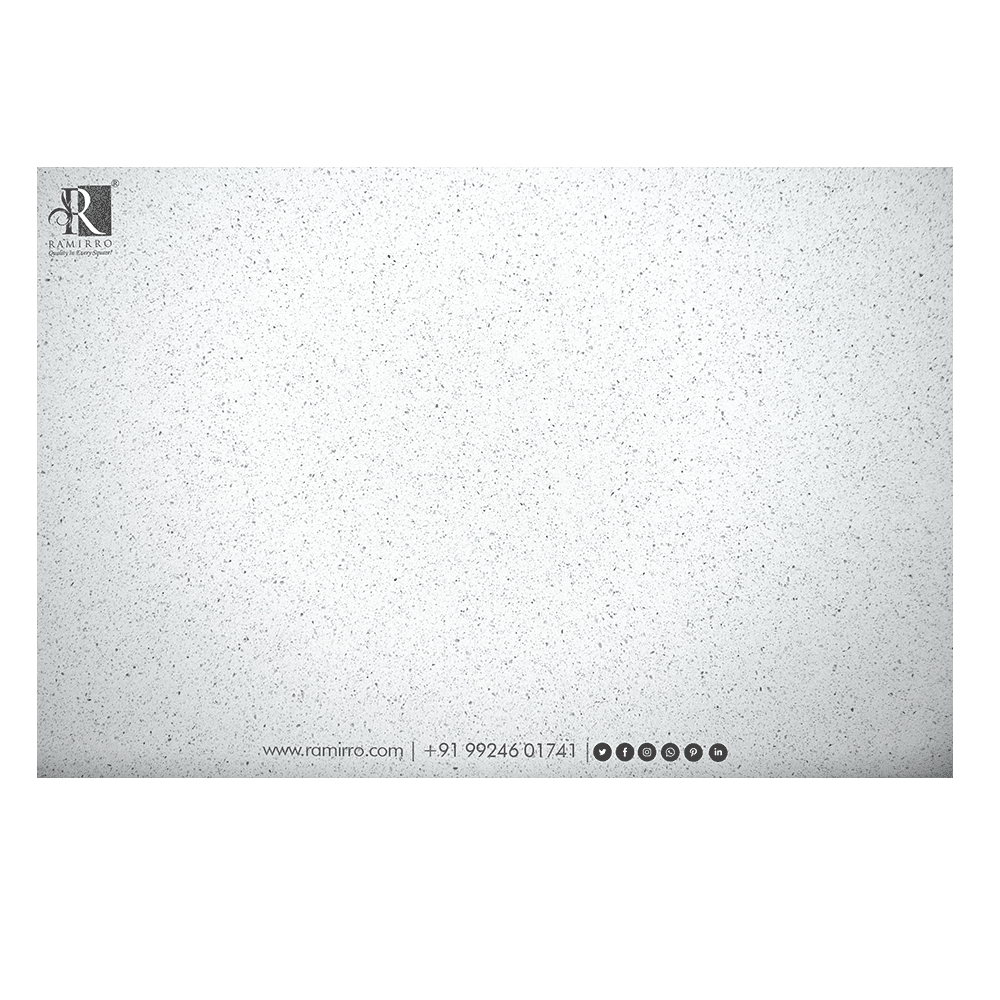 CHESTER WHITE Quartz Slab
CHESTER WHITE Quartz Slab -
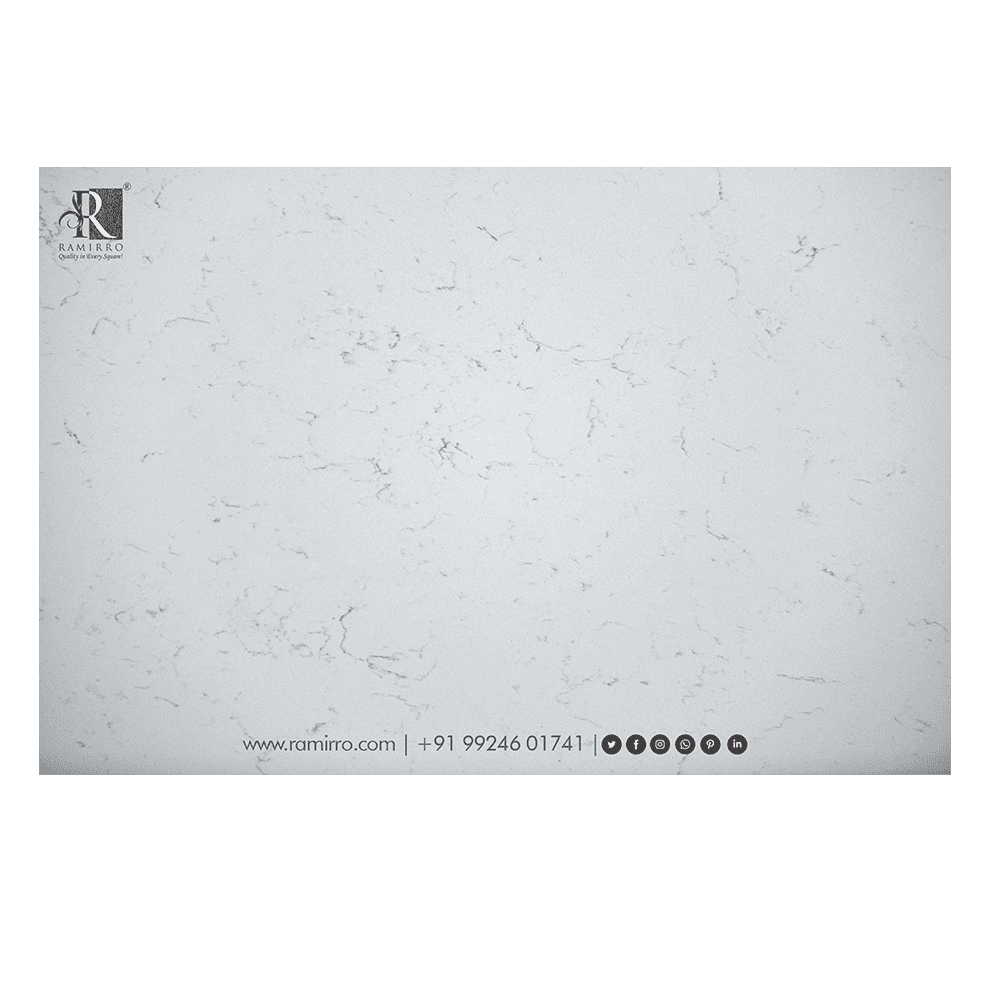 CARRARA WHITE Quartz Slab
CARRARA WHITE Quartz Slab -
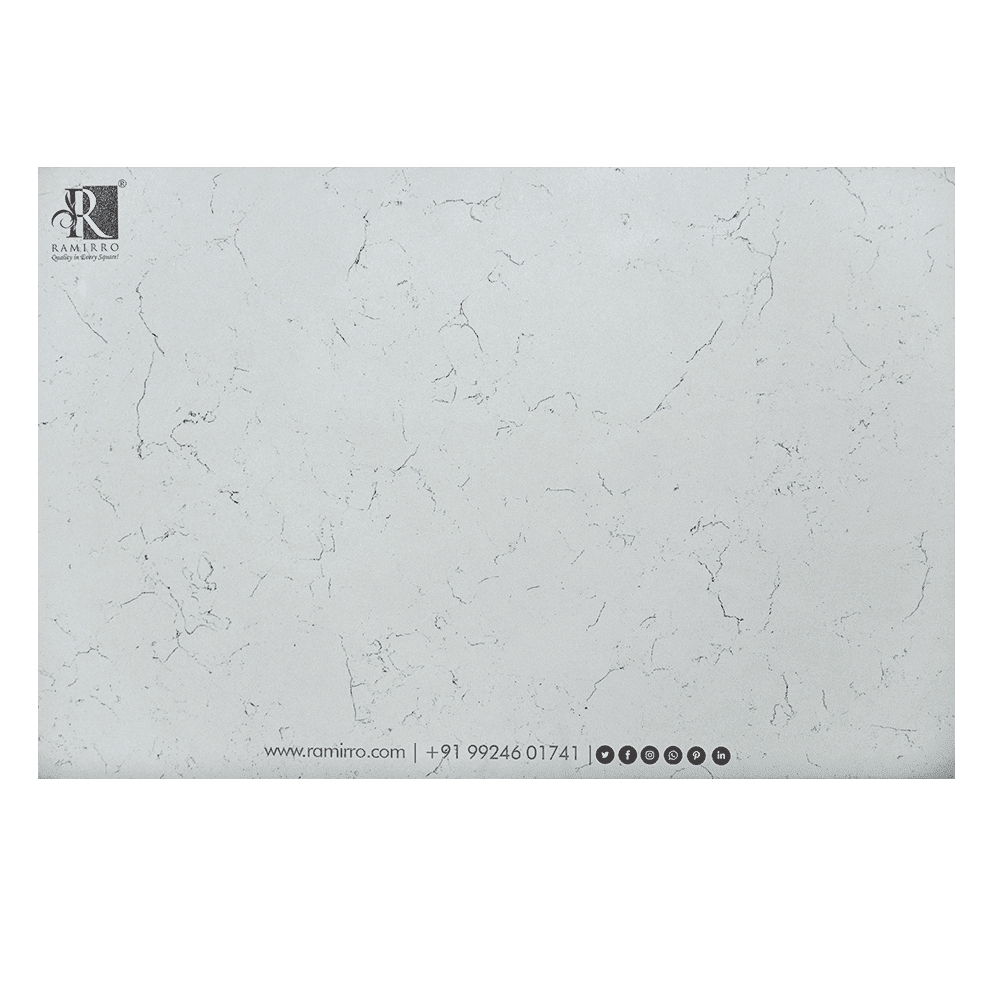 CARRARA BREEZ Quartz Slab
CARRARA BREEZ Quartz Slab -
 BIANCO WHITE Quartz Slab
BIANCO WHITE Quartz Slab -
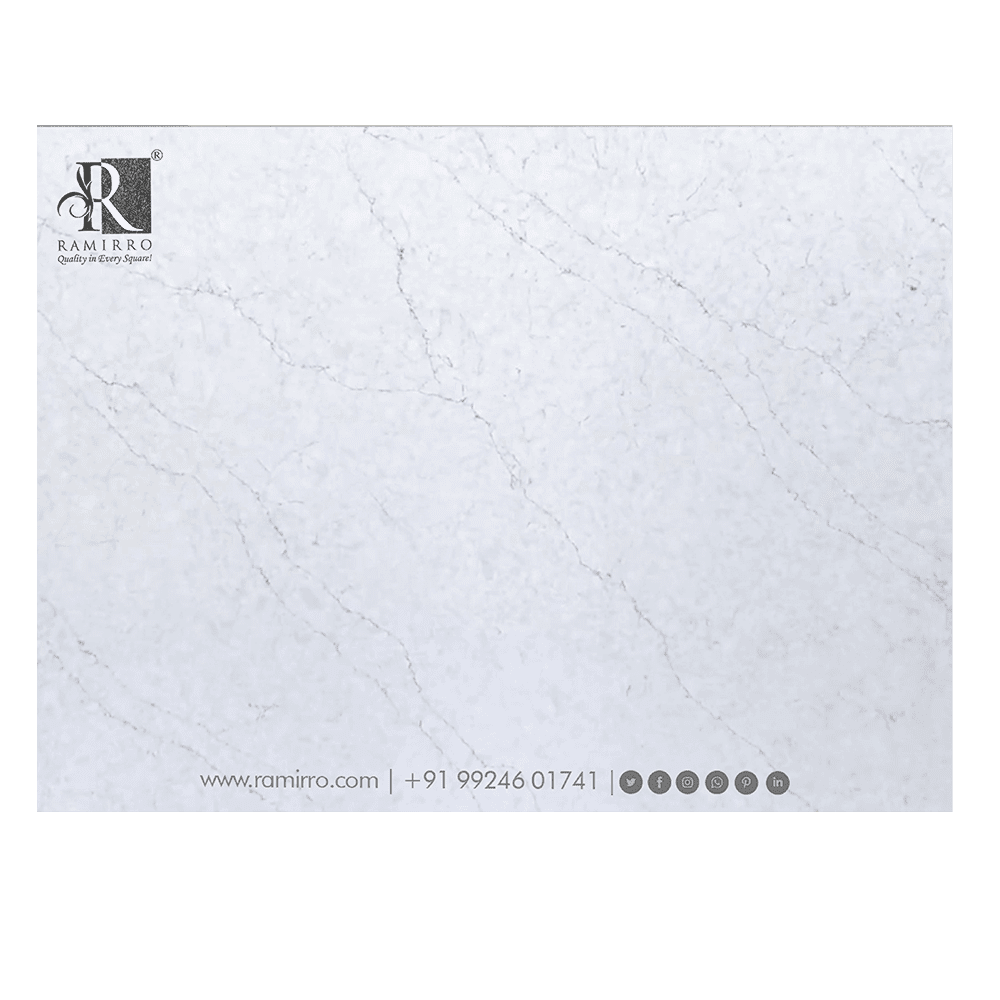 BELGIAN WHITE Quartz Slab
BELGIAN WHITE Quartz Slab -
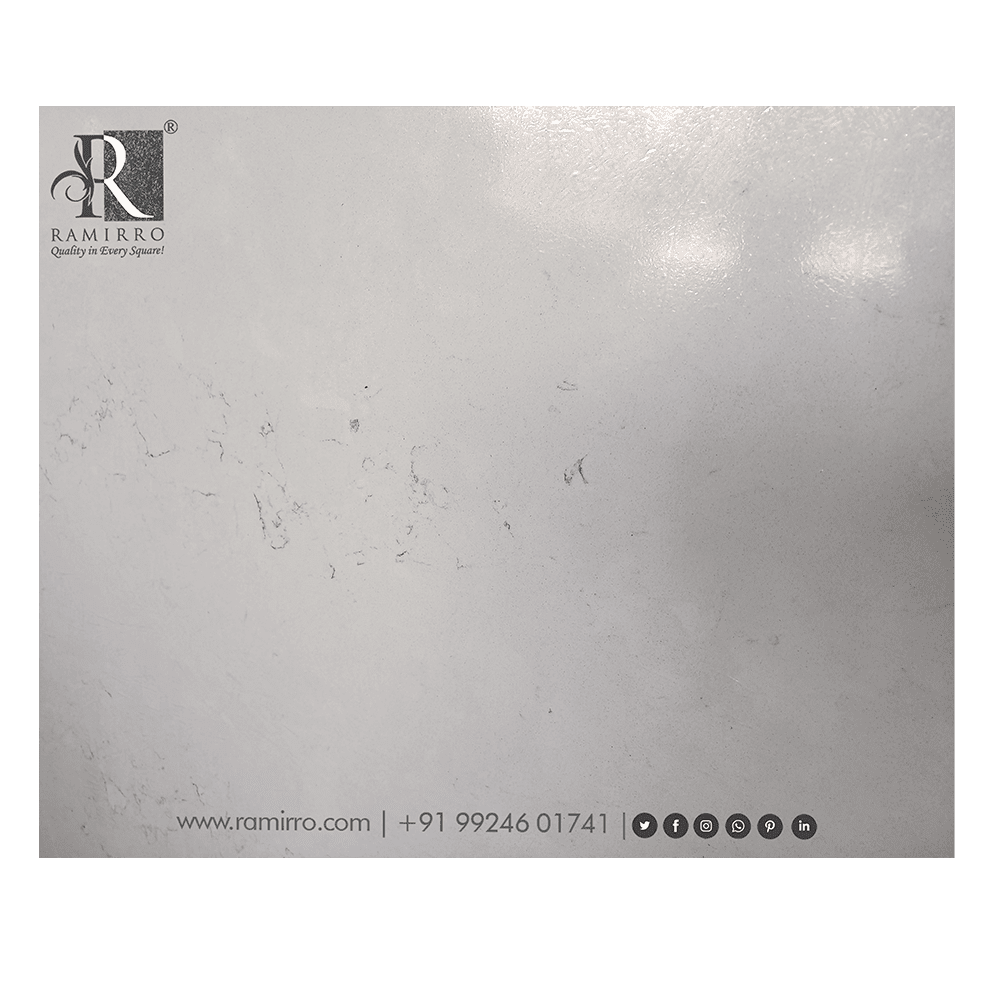 ATTICA WHITE PURE Quartz Slab
ATTICA WHITE PURE Quartz Slab -
 ANTONELLO WHITE Quartz Slab
ANTONELLO WHITE Quartz Slab -
 ALLURE WHITE Quartz Slab
ALLURE WHITE Quartz Slab -
 TERAZZO VERDE SALT N PEPPER Plain Marble Stone Slab Tiles
TERAZZO VERDE SALT N PEPPER Plain Marble Stone Slab Tiles -
 TERRAZZO GREY SALT N PEPPER Marble Design Tiles
TERRAZZO GREY SALT N PEPPER Marble Design Tiles -
 WALL STREET GREY Plain Marble Stone Slab Tiles
WALL STREET GREY Plain Marble Stone Slab Tiles -
 TERAZZO IVORY SALT N PEPPER Marble Design Slab Tiles
TERAZZO IVORY SALT N PEPPER Marble Design Slab Tiles -
 TERAZZO BROWN SALT N PEPPER Marble Design Slab Tiles
TERAZZO BROWN SALT N PEPPER Marble Design Slab Tiles -
 TERAZZO BLACK SALT N PEPPER Marble Design Slab Tiles
TERAZZO BLACK SALT N PEPPER Marble Design Slab Tiles -
 SCABAS Plain Marble Design Slab Tiles
SCABAS Plain Marble Design Slab Tiles -
 ROYAL QUARTZITE Plain Stone Slab Tiles
ROYAL QUARTZITE Plain Stone Slab Tiles -
 PEARL WHITE Plain Stone Slab Tiles
PEARL WHITE Plain Stone Slab Tiles -
 JET BLACK Granite Slab Tiles
JET BLACK Granite Slab Tiles -
 JET BLACK GLAZE Solid Color Plain Slab Tiles
JET BLACK GLAZE Solid Color Plain Slab Tiles -
 ESSEL BROWN Solid Color Plain Slab Tiles
ESSEL BROWN Solid Color Plain Slab Tiles -
 ESPRESSO Dark Brown Solid Color Plain Slab Tiles
ESPRESSO Dark Brown Solid Color Plain Slab Tiles -
 DESERT GOLD Solid Color Plain Slab Tiles
DESERT GOLD Solid Color Plain Slab Tiles -
 VERDE ISSORIE Marble Look Slab Tiles
VERDE ISSORIE Marble Look Slab Tiles -
 STATUARIO PEARL Marble Look Slab Tiles
STATUARIO PEARL Marble Look Slab Tiles -
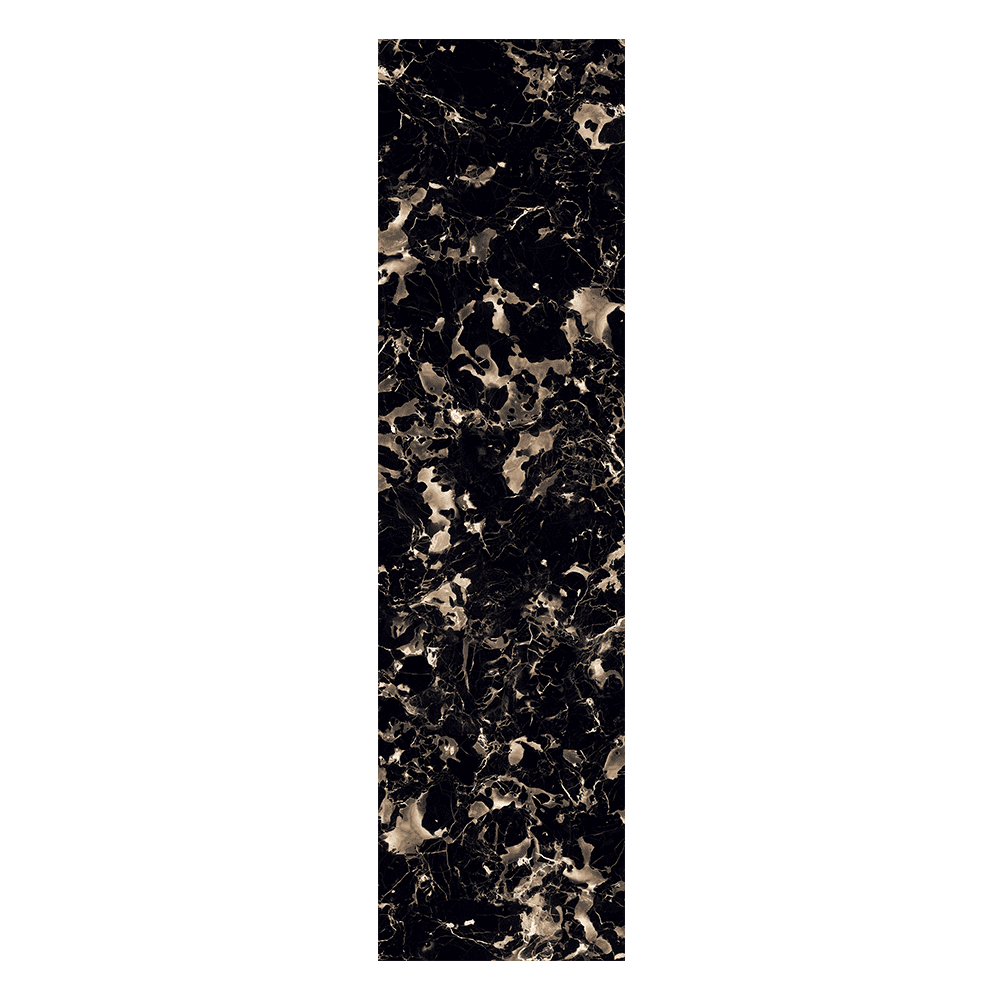 PORTORO BLACK Marble Look Slab Tiles
PORTORO BLACK Marble Look Slab Tiles -
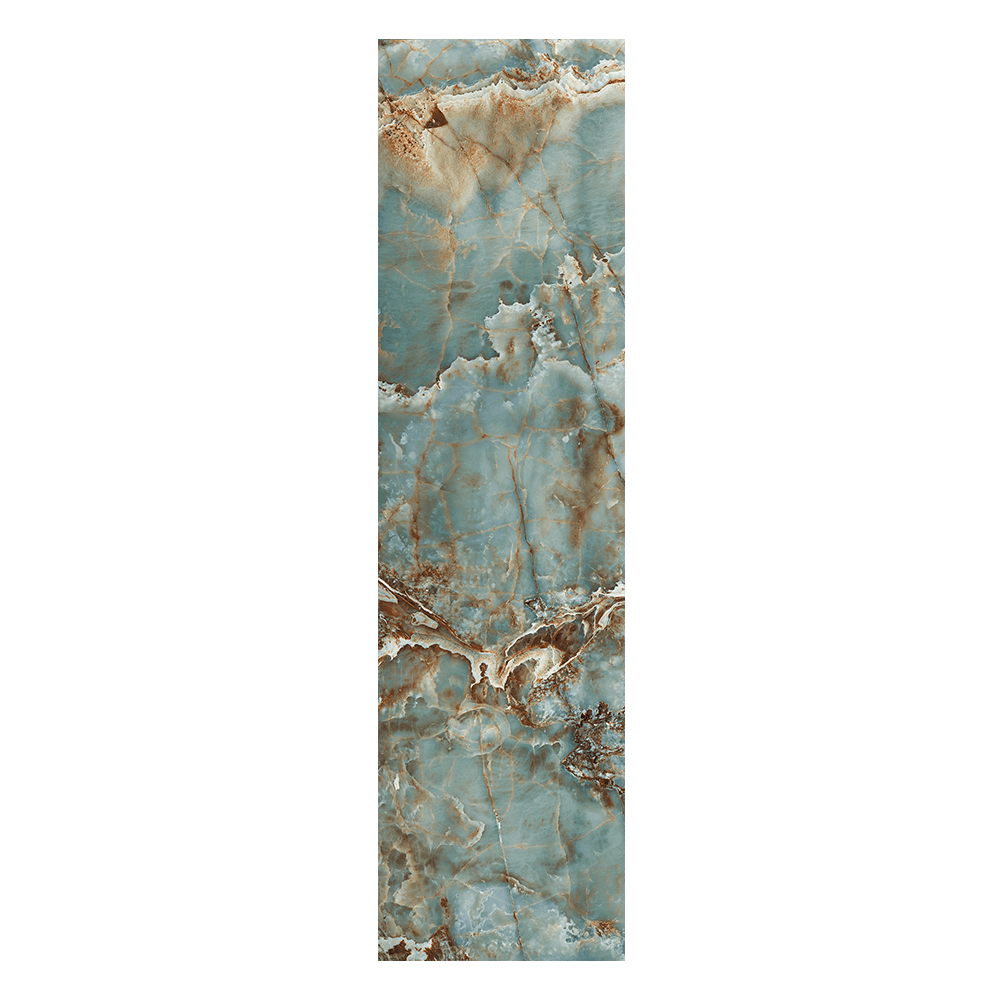 ONICE PERSIA Marble Look Slab Tiles
ONICE PERSIA Marble Look Slab Tiles -
 MARQUINA NERO Black Marble Look Slab Tiles
MARQUINA NERO Black Marble Look Slab Tiles
Tile Sizes suitable for your kitchen area
Here are list of tiles available for kitchen areas with various tiles body:
Color Body Tiles:
Tiles Company: Ramirro Ceramica
Sizes in mm(millimeters): 800×2400, 800×3000: 800×3200, 1200×2400, 1200×3000, 1200×3200, 1200×1600, 1600×3200
Thickness: Various from 6mm to 18mm
Color: Multiple colors, Beige marble tiles collection
Area: Wall and Floors
Full Body Tiles:
Tiles Supplying Company: Ramirro Ceramica Offline Dealer store and Online Shop
Sizes in mm(millimeters): 300×300, 600×600, 600×1200, 800×1600
Thickness: Various from 6mm to 18mm
Color: Multiple colors
Area: Wall and Floors
Ceramic tiles company:
Tiles Manufacturing Company: Ramirro Ceramica Offline Dealer store and Online Shop
Sizes in mm(millimeters): 200*300, 250*375, 250*750, 300*450, 300*600, 200*600, 300×900, 300*300, 369*396 (400*400), 500*500, 600*600, 100*300, 200*200, 75*300, 100*200, 150*150.
Thickness: Various from 6mm to 18mm
Color: Multiple colors
Area: Wall and Floors
Porcelain or Vitrified Tiles or GVT:
Tiles Manufacturing Company: Ramirro Ceramica Offline Dealer store and Online Shop
Sizes in mm (millimeters):
Small Size: 300*600, 600*600, 600*1200, 800*800
Heavy duty tiles (Porcelain Vitrified): 300*300, 400*400, 600×600
Porcelain Slab Big Sizes (Porcelain Vitrified): 800*1600, 1200*1200, 1000*1000, 1200×1800, 900*1800, 1200×2400
Wooden Strips (Porcelain Vitrified): 200*1200, 200*1000
Thickness: Various from 6mm to 18mm
Color: Multiple colors
Area: Wall and Floors
SUBWAY Tiles: 75 x 300 mm, 100×300 mm
Tiles Company: Ramirro Ceramica
Sizes in mm(millimeters):
Thickness: Various from 7.5mm to 8mm
Color: Multiple colors
Area: Wall and Floors
Mosaic Look Tiles: 200×200 mm
Tiles Company: Ramirro Ceramica
Sizes in mm(millimeters):
Thickness: Various from 7.5mm to 8mm
Color: Multiple colors
Area: Wall and Floors
Learn more: https://www.ramirro.com/best-mosaic-tiles-for-bathroom-kitchen-art-decoration-wall-floor-buyers-guide/
Tiles thickness suitable for Kitchen Areas
For kitchen areas, the suitable tile thickness depends on the type of tile and the specific application within the kitchen:
Floor Tiles: For kitchen floors, thicker tiles are generally recommended to withstand the heavy foot traffic and potential impact from dropped items. Porcelain or ceramic floor tiles typically range from 8mm to 12mm in thickness for kitchen use, providing durability and resistance to cracking or chipping.
Wall Tiles (Backsplashes): Tiles used for backsplashes or wall areas in the kitchen can be thinner since they don’t bear weight like floor tiles. Common thicknesses for wall tiles, whether ceramic or porcelain, can range from 6mm to 8mm. However, larger wall tiles or tiles in areas prone to impact may benefit from being slightly thicker.
Countertops: While less common, some homeowners opt for tiled countertops. In such cases, a thickness of around 10mm to 12mm for porcelain or ceramic tiles might be suitable to ensure they withstand the daily wear and tear of kitchen use.
Tiles Shape
Tiles come in different shapes that give them their own special look. Some tiles are rectangles, longer on one side, while square tiles are the same length on all sides and look classic. Hexagon tiles have six sides and bring a cool, geometric vibe to a room. Mosaics are made up of small pieces, like a puzzle, creating intricate patterns. Picket style tiles look like the shape of a picket fence and are fun for adding interesting designs in a space. With all these different tile shapes, you can get super creative and make any room look amazing!
Tile layout Patterns
Tile layout patterns can add a lot of character to a space. The herringbone pattern involves tiles arranged in a zigzag, creating a sophisticated and dynamic look. Chevron is quite similar to herringbone but forms a continuous zigzag pattern with tiles meeting at points, lending a stylish and modern touch to floors or walls. Picket layout, similar to its tile shape counterpart, resembles the picket fence design and is great for creating eye-catching borders or accents. Lastly, the rug pattern mimics the appearance of a rug with tiles framed within a border, offering a cozy and defined area within a larger space. These different layout patterns let you play around and make your floors or walls look unique and appealing. Learn More about Tiles layout with 23 new styles
Tiles Styles
The design and aesthetic elements in the kitchen play a crucial role in creating a welcoming and functional space. Incorporating patterns, rustic elements, and glossy finishes can add a touch of elegance, while dark colors can create a cozy and intimate atmosphere. Fresh look can be achieved by using natural wood and incorporating colors and patterns that make the space appear larger. Utilizing materials like marble can elevate the overall look and feel of the kitchen. The choice of the best color can set the tone for the entire space and contribute to a harmonious and appealing design.
Tiles come in various styles, each offering distinct aesthetics to spaces. The marble look tiles, such as Calacatta Gold, thassos or Bianco Dolomiti, mimic the luxurious appearance of natural marble, adding elegance and sophistication to any area. Wood-look porcelain tiles replicate the warmth and texture of wood, providing a cozy and inviting atmosphere without the upkeep of real wood. Natural stone-look tiles capture the rustic beauty of stones like travertine or slate, bringing a natural and earthy vibe to floors or walls. Subway tiles, with their classic rectangular shape, offer a timeless and clean look, ideal for both modern and vintage-inspired designs. Mosaic or Zellige tiles present intricate patterns and vibrant colors, infusing spaces with artistic flair.
Limestone tiles exude a soft, natural charm, perfect for creating a relaxed and serene ambiance. Terracotta tiles, with their warm and earthy tones, bring a rustic and Mediterranean feel to interiors. Concrete look tiles showcase an industrial and contemporary style, providing a sleek and urban aesthetic. Lastly, pebble tiles mimic the organic look of pebbles, lending a natural and calming vibe, often used in spa-like settings or nature-themed decor. Each tile style offers its own unique character, allowing for diverse design possibilities to suit various preferences and spaces.
Usage of Kitchen tiles
Kitchen tile is a popular choice for both kitchen flooring and wall coverings. It provides a durable and easy-to-clean surface, making it perfect for the high-traffic and often messy environment of a kitchen. Kitchen floor tiles are typically made from materials like ceramic or porcelain, while wall tiles and backsplash tiles are often made from glass, mosaic, or subway tiles. Backsplashes are a great way to add a pop of color or pattern to the kitchen space, while also protecting the walls from spills and splatters. Overall, the use of tiles for kitchen areas is a practical and stylish choice.
Aesthetics and Style: Tiles contribute significantly to the overall aesthetic appeal of the kitchen. They come in various colors, patterns, textures, and sizes, allowing homeowners to create a personalized and visually appealing space.
Hygiene and Maintenance: Tiles are easy to clean and maintain, making them a practical choice for kitchen surfaces. Properly sealed tiles are resistant to stains, moisture, and bacterial growth, promoting a more hygienic environment.
Heat Resistance: Quality tiles are heat resistant, making them suitable for areas around stoves and ovens where high temperatures are common.
Design Flexibility: Tiles offer versatility in design, enabling homeowners to create unique patterns or artistic layouts to enhance the visual appeal of the kitchen.
Longevity: High-quality tiles, when properly installed and maintained, can last for many years, making them a durable and cost-effective choice for kitchen surfaces.
Protection: They provide an additional layer of protection to underlying surfaces, helping to preserve walls, floors, and countertops from wear and tear.
Value Addition: Tastefully chosen and well-maintained tiles can increase the aesthetic and resale value of a property, especially when they complement the overall design scheme of the kitchen.
How to Take care of Kitchen tiles to last long
Here are few points to know to handle durability:
Quality Selection: Choose high-quality ceramic or porcelain tiles designed for heavy-use areas like kitchens. These materials are inherently durable, resistant to scratches, and less prone to wear and tear.
Thicker Tiles: Opt for thicker tiles, especially for flooring. Thicker tiles tend to be sturdier and more resistant to cracking or chipping under heavy loads.
Professional Installation: Ensure tiles are installed by a qualified professional to guarantee proper leveling, secure attachment, and appropriate grouting, enhancing their durability.
Regular Maintenance: Perform regular cleaning and upkeep to prevent grime buildup and maintain the tiles’ integrity.
Gentle Cleaning: Clean ceramic and porcelain tiles regularly using a mild detergent or specialized tile cleaner with warm water. Avoid harsh or abrasive cleaners that could damage the tile surface.
Grout Care: Keep grout lines clean by regularly brushing and mild scrubbing. Seal grout lines periodically to prevent staining and moisture penetration, maintaining their integrity.
Stain Removal: Swiftly clean up spills to prevent stains. For stubborn stains, use a gentle cleaning solution, and avoid abrasive tools or cleaners that might damage the tiles.
Protective Measures: Place mats or rugs in high-traffic areas and near sinks to protect tile surfaces from scratches caused by dirt or debris.
Avoid Impact: Prevent accidental damage by avoiding heavy impacts on the tiles. Use caution when handling heavy objects near the tiled area.
Regular Inspections: Periodically inspect tiles for signs of wear, cracks, or chips. Promptly address any issues to prevent further damage.
How to Install Tiles in Kitchen?
Prepare the Surface: Ensure the surface where tiles will be installed (floor, wall, or countertop) is clean, dry, and free from any debris. If needed, repair or level the surface before starting.
Measure and Plan: Measure the area to determine the layout and how the tiles will be placed. Decide on the tile pattern and make necessary adjustments for cuts or corners.
Apply Tile Adhesive or Mortar: Using a trowel, spread a thin, even layer of tile adhesive or mortar onto the surface. Work in small sections to prevent the adhesive from drying before laying the tiles.
Place the Tiles: Begin placing the tiles, using tile spacers to maintain consistent spacing between tiles. Press each tile firmly into the adhesive, ensuring they are level and aligned correctly.
Cut Tiles as Needed: Use a tile cutter or wet saw to cut tiles for edges, corners, or irregular spaces. Measure carefully and make precise cuts.
Allow Adhesive to Set: Let the tiles set in the adhesive for the recommended time specified by the manufacturer. Avoid disturbing or walking on the tiles during this curing period.
Apply Grout: Once the tiles are set, remove the spacers and use a grout float to spread grout over the tile joints. Work the grout into the joints at a 45-degree angle, ensuring they are completely filled.
Clean Excess Grout: After about 15-20 minutes, when the grout begins to set, use a damp sponge to clean excess grout from the tile surfaces. Rinse the sponge frequently and change the water as needed.
Final Cleaning and Sealing: After the grout has fully cured (usually after a few days), clean the tiles again to remove any remaining grout haze. Consider applying a sealer to protect the grout and tiles, especially in high-use areas.
Finishing: Reinstall any fixtures, apply caulking around edges, and inspect the installation for any touch-ups or adjustments needed.
Price for Kitchen tiles
The average global price range for kitchen tiles, specifically porcelain and ceramic varieties, can vary based on factors like quality, size, design, and manufacturer. Generally, ceramic tiles are more budget-friendly, ranging from approximately $1 to $5+ per square foot, offering a cost-effective option for kitchen projects. On the other hand, porcelain tiles, known for their enhanced durability and water resistance, typically range from $3 to $10+ per square foot, offering a slightly higher price point due to their superior qualities. However, prices may fluctuate depending on tile size, finish, and intricacy of design, making it advisable to explore various options within these categories to find tiles that align with both budget constraints and desired quality for kitchen installations.
If you want to know exact price of tiles product. – Contact Tiling expert for Free
How and where to buy kitchen tiles?
When it comes to the design and aesthetic elements in the best kitchen tiles, Ramirro.com is the place to go. With its huge selection of kitchen tiles, Ramirro Ceramica offers the best for the kitchen. Many homeowners rely on their budget-friendly options and low-cost shipping to find the perfect tiles to elevate their kitchen space. Whether you’re looking for a modern, sleek look or a rustic, cozy feel, Ramirro.com has a great variety of tiles to choose from. And with free shipping options* (offered at some location), the overall cost may vary, making it a great choice for any kitchen renovation project.
Bonus Tips : Grout Selection, Tile Sealants, Temperature effects
Grout Selection (for Ceramic and Porcelain Tiles):
- Grout Compatibility: Choose grout specifically designed for ceramic and porcelain tiles. Opt for sanded or unsanded grout based on the width of the tile joints.
- Color Selection: Select a grout color that complements the color and design of your ceramic or porcelain tiles. Light-colored grout can accentuate tile patterns, while darker grout can hide stains better in high-traffic areas.
- Quality Grout: Invest in high-quality grout to ensure durability and resistance to staining, cracking, or mold growth. Epoxy-based grout is particularly durable and offers excellent stain resistance.
- Proper Mixing and Application: Follow manufacturer instructions for mixing and applying grout. Ensure thorough coverage and clean excess grout from tile surfaces to prevent haze or residue.
Tile Sealants (for Ceramic and Porcelain Tiles):
- Select the Right Sealant: Choose a sealant formulated specifically for ceramic or porcelain tiles. Ensure the sealant is suitable for the specific finish and porosity of the tiles.
- Sealing Schedule: Follow the recommended sealing schedule for ceramic and porcelain tiles. Most glazed porcelain tiles may not require sealing, while some unglazed tiles benefit from periodic sealing.
- Proper Application: Apply the sealant evenly and thoroughly to the tiles, allowing it to penetrate the surface for effective protection against stains, moisture, and wear. Wipe off excess sealant promptly.
- Regular Maintenance: Periodically check the sealed ceramic or porcelain tiles for signs of wear or damage. Reapply sealant as needed to maintain optimal protection.
Temperature Effects (for Ceramic and Porcelain Tiles):
- Tile Properties: Ceramic and porcelain tiles are inherently more resistant to temperature changes compared to natural stone. They are less likely to expand or contract significantly due to temperature variations.
- Underfloor Heating: Porcelain and ceramic tiles are suitable for use with underfloor heating systems. Ensure proper installation and follow manufacturer guidelines to prevent any thermal stress issues.
- Proper Installation: Use appropriate adhesives and installation techniques to accommodate potential temperature changes. Leave expansion joints and avoid rapid temperature changes during installation.
Why Should You Trust us?
Here’s what you get out of our article. Our team have various Ceramic Experts with experience of more than 25 Years, researches on problems our customer faces in tiling industry.
Ramirro Ceramica, – One of The Leading Tiles Manufacturer and Supplier globally, helps you people gain knowledgeable insight before making your purchase decision for products related to the floor and wall tiles.
So, we have closely monitored all kinds of trends in the ceramic tiles manufacturing world, from the old days of clay and plain color to modern digital, realistic-looking designs printed on ceramics with high-depth effects.
Our tiling Experts have seen thousands of different tiles patterns, sizes, materials, pricing, and installation techniques throughout their career.
Their expertise shared with you in simplified and organised way, helps you choose and make better decision before purchasing any flooring option available in market.
Brief about Company:
Ramirro is one of the finest Tiles manufacturers in India manufacturing porcelain and ceramic tiles. Our products have a variety of sizes and types of tiles ranging from Ceramics, porcelain, Full body etc. This helps you choose the perfect fit for your project. Plus, our collection will help you get inspiration from the architect’s design.
Here’s some more helpful links that showcase our users trust on Ramirro Ceramica Brand:
– Growth in International Market
– Trusted and Licensed Exporter
– Manufacturing Plant in India
Here’s our social proof by LinkedIn competing with top known global tiling brands:

That’s it folks! Hope you learned something new from this article. Thank you! Read More topics below:
- 130+ Best Subway Tiles for Kitchen Backsplash
- The Exemplary Adorable Kitchen tiles for the Perfect
- Kitchen Ceramic Tile Manufacturer & Exporter From India
- LIGHT GREY 100X200 DIAMOND GLOSSY SERIES
- 500+ Latest Trending Kitchen tiles Collection – Ramirro
- Best Kitchen Tiles by Ramirro Ceramica – 2023
- TROPICANA CREMA Marble Tile Design for Porcelain
- San Diego Marble Floor Design Tiles – Porcelain Ceramic
- Latin Beige | Ceramic Floor & Wall Tiles | Living Room
- ATLANTA CREMA Marble Look tile



